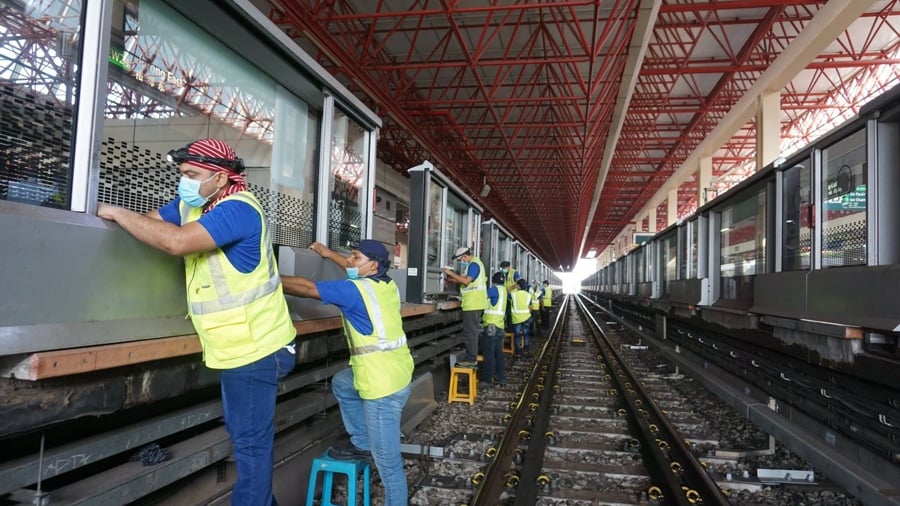SMRT Trains Lost $86 Million In FY2018, Citing Lower Ridership And Fare Revenue
Beleaguered train operator SMRT Trains posted a whopping $86 million post-tax loss, according to its annual operations review report released on Sunday (2 Jul).
This comes after turning a profit of $26 million last year.
To put this figure into context, $86 million divided by 365 days in a year, would give you a staggering loss of $235,616.44/day.
To make matters worse, Singapore’s train dilemma is now clearly a lose-lose situation.
Commuters continue to bear the brunt of train delays, disruptions, early closures and late openings, while SMRT Trains does not enjoy their time in the red.
Is the loss due to revenue dips or spikes in costs?
The answer is unfortunately, both.
SMRT Trains’ revenue dropped from $791 million to $743 million, while operating expenses reportedly rose from $785 million to $838 million.
Reasons for less riders
A stark drop in ridership was attributed to the opening of the Downtown Line extension, and the emergence of private-hire car services.
These were the reasons given by SMRT Trains to explain a reduction in revenue.
Multiple service disruptions on the North-South Line, due to reduced service times to install the new signalling system, also exacerbated the problem.
Putting the figures in perspective
For every dollar that SMRT Trains collects from commuter fare revenue, more than half goes to “rail maintenance-related expenditure”.
This expenditure includes:
- Staff costs
- Rail parts & material costs
- Depreciation of rail assets
- Rail maintenance-related operating expenses
What can SMRT Trains do to stem the bleeding?
Not much. Other than raise transport fares to increase their revenue.
They also cannot directly influence ridership, except through earning the trust of commuters.
If the loss continues at this rate, SMRT Trains may require more governmental subsidies to keep everything operating smoothly.
However, if the rail maintenance costs pay off with long-term reliability, this loss may be temporary instead of the “new normal”.
Spending $838 million on an impossible problem
Of course, the many challenges that SMRT’s now facing could very well be attributed to their past track record.
We can’t help but wonder if these hefty maintenance costs could have been reduced, if they had planned regular rail maintenance in advance.
Now SMRT Trains faces a four-pronged problem:
- Upgrading the signalling system
- Ensuring no train faults happen
- Bearing the escalating costs of their missteps
- Winning consumer trust back
We’re not sure which one is easier to solve, but let’s try to survive number one first?
Featured image from SMRT.

Drop us your email so you won't miss the latest news.











